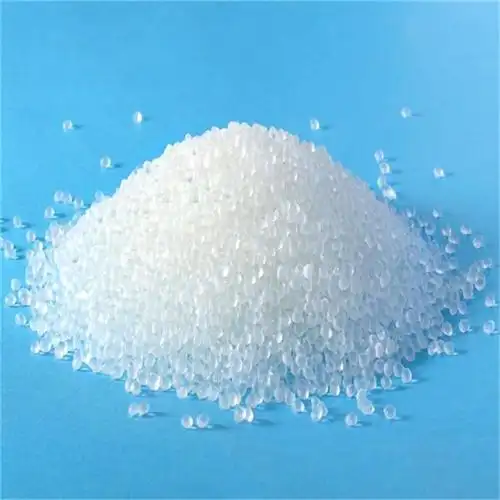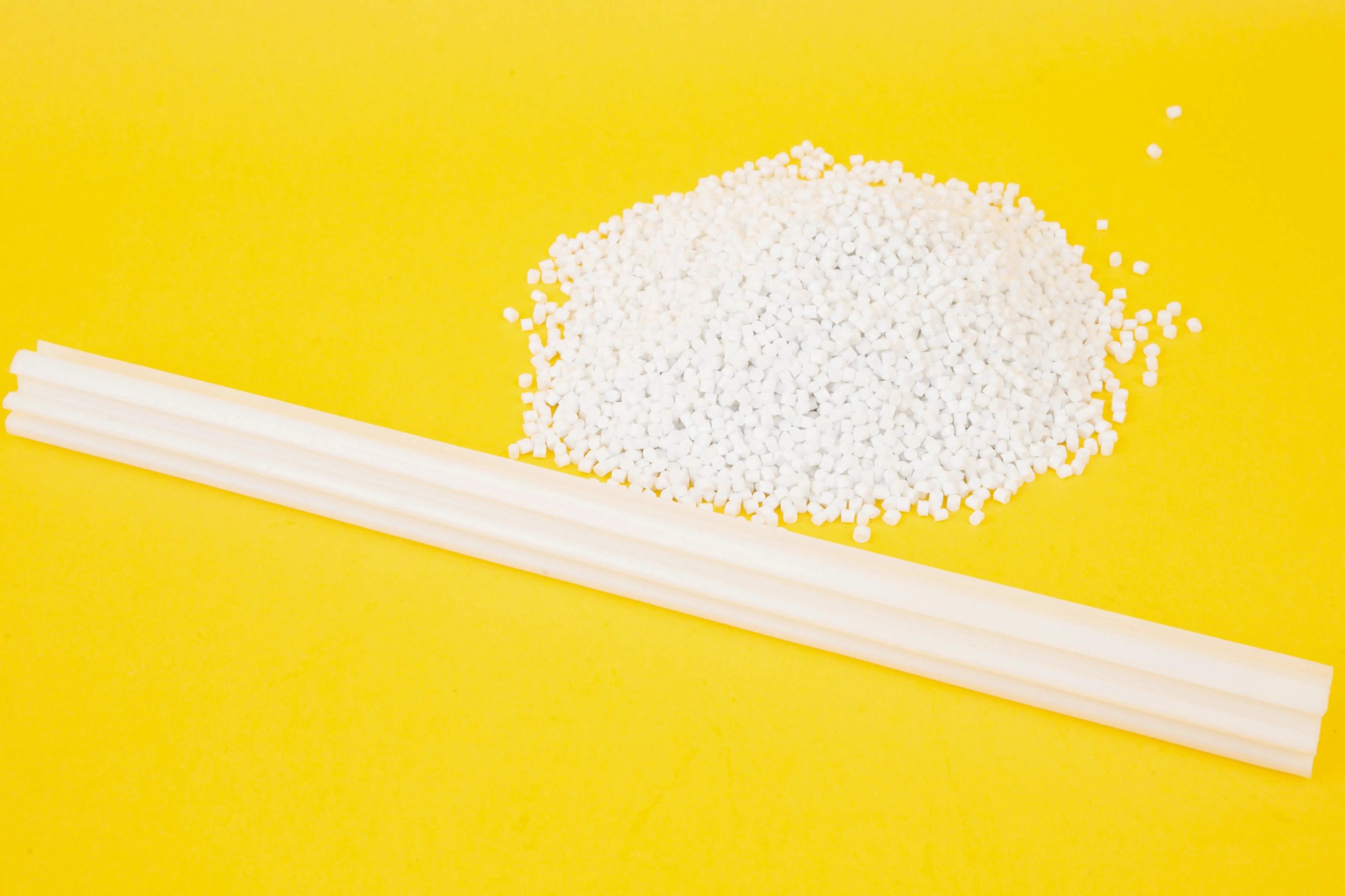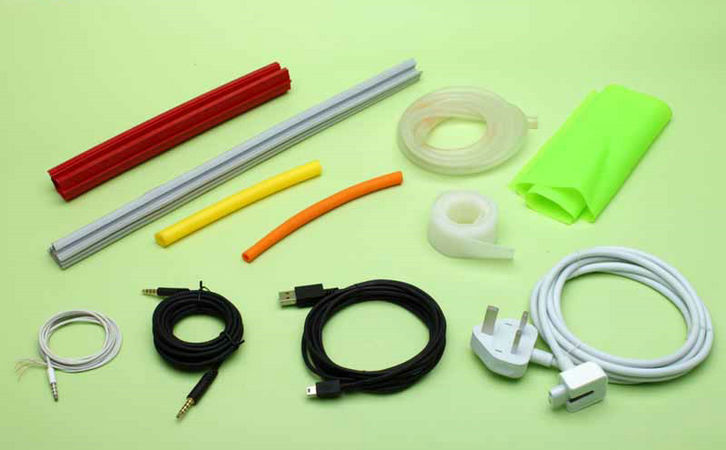As someone who has been deeply involved in the yoga and fitness industry for years, I’ve seen a lot of changes in the materials used for yoga mats. One of the most popular materials in recent times is TPE (Thermoplastic Elastomer). It’s lightweight, eco-friendly, and offers a good balance of cushioning and grip. But how can you tell if your yoga mat is truly made of TPE? In this guide, I’ll walk you through the key indicators, share some practical tips, and even include a handy comparison table to help you make an informed decision.

Understanding TPE Material
Before we dive into the identification process, it’s essential to understand what TPE is. TPE is a type of polymer that combines the properties of rubber and plastic. It’s known for its flexibility, durability, and recyclability. Unlike traditional PVC mats, which can be heavy and contain harmful chemicals, TPE mats are often considered a safer and more sustainable option.
Key Characteristics of TPE Yoga Mats:
Lightweight: TPE mats are significantly lighter than their PVC counterparts, making them easy to carry around.
Eco-Friendly: Many TPE mats are made from recycled materials and are recyclable themselves, reducing their environmental impact.
Good Grip: TPE provides a non-slip surface, even when wet, ensuring stability during your yoga practice.
Cushioning: While not as thick as some foam mats, TPE offers a comfortable level of cushioning for most yoga poses.
Odorless: Unlike some other materials, TPE mats typically don’t have a strong chemical smell when new.
Identifying TPE Yoga Mats: A Step-by-Step Guide
Now that you have a basic understanding of TPE, let’s explore how to identify if your yoga mat is made of this material.
1. Check the Product Label or Packaging
The easiest way to determine the material of your yoga mat is to look at the product label or packaging. Manufacturers often clearly state the material used in their products. If you see “TPE” listed anywhere on the label, packaging, or product description, you can be confident that your mat is made of this material.
However, not all manufacturers are equally transparent. Some may use vague terms like “eco-friendly” or “non-toxic” without specifying the exact material. In such cases, you’ll need to rely on other methods to identify the material.
2. Examine the Physical Properties
TPE mats have distinct physical properties that set them apart from other materials. Here’s what to look for:
Weight: As mentioned earlier, TPE mats are lightweight. If your mat feels unusually heavy for its size, it’s likely not made of TPE.
Texture: TPE mats often have a smooth, slightly tacky surface that provides good grip. Run your fingers over the mat to feel its texture. If it’s rough or has a lot of bumps, it might be a different material.
Flexibility: TPE is highly flexible. Try rolling up your mat tightly. If it rolls up easily without cracking or creasing, it’s likely TPE. PVC mats, on the other hand, can be more rigid and may show signs of wear when rolled up tightly.
Thickness: While TPE mats come in various thicknesses, they’re generally not as thick as some foam mats. If your mat is extremely thick (over 10mm), it might be made of a different material like EVA or NBR.

3. Perform a Simple Water Test
One of the unique properties of TPE is its water resistance. While it’s not completely waterproof, TPE mats don’t absorb water like some other materials do. Here’s a simple test you can perform:
Pour a small amount of water onto the surface of your mat.
Observe how the water behaves. If it beads up and sits on the surface without being absorbed, it’s a good sign that your mat is made of TPE or a similar water-resistant material.
If the water is quickly absorbed into the mat, leaving a dark spot, it’s likely not TPE.
4. Check for Odor
New yoga mats can sometimes have a strong chemical smell, especially if they’re made of PVC or other synthetic materials. TPE mats, on the other hand, are typically odorless or have a very mild, non-offensive smell. If your new mat has a strong, unpleasant odor that lingers even after airing it out, it’s probably not made of TPE.
5. Consider the Price Point
While price isn’t always a reliable indicator of material, it can provide some clues. TPE mats are generally more affordable than high-end natural rubber mats but may be slightly more expensive than basic PVC mats. If you’re looking at a mat that’s extremely cheap, it’s unlikely to be made of high-quality TPE. Conversely, if a mat is priced at a premium without any clear indication of why (like special features or brand reputation), it might not be worth the investment if you’re specifically looking for TPE.
6. Research the Brand and Manufacturer
If you’re still unsure about the material of your yoga mat, do some research on the brand and manufacturer. Reputable brands often provide detailed information about their products, including the materials used. Look for customer reviews, product descriptions, and even contact the manufacturer directly if you have any questions. A trustworthy brand will be happy to provide you with the information you need to make an informed decision.
Comparison Table: TPE vs. Other Common Yoga Mat Materials
To help you better understand how TPE stacks up against other materials, here’s a comparison table highlighting some key differences:
| Feature | TPE | PVC | Natural Rubber | EVA/NBR Foam |
|---|---|---|---|---|
| Weight | Lightweight | Heavy | Moderate to Heavy | Lightweight to Moderate |
| Eco-Friendly | Yes (often recyclable) | No (contains harmful chemicals) | Yes (biodegradable) | Varies (some may contain recycled materials) |
| Grip | Good (non-slip surface) | Good (but can degrade over time) | Excellent (especially when wet) | Moderate (can be slippery when wet) |
| Cushioning | Moderate | Moderate to High | High | High (but can compress over time) |
| Odor | Odorless or mild | Strong chemical smell (new) | Natural rubber smell (fades over time) | Varies (some may have a chemical smell) |
| Durability | Durable (resists wear and tear) | Durable (but can become brittle over time) | Highly durable | Moderate (can tear or compress easily) |
| Price | Moderate | Low to Moderate | High | Low to Moderate |
Final Thoughts: Making the Right Choice for Your Yoga Practice
Choosing the right yoga mat is a personal decision that depends on your individual needs and preferences. If you’re looking for a lightweight, eco-friendly option that offers good grip and cushioning, TPE is definitely worth considering. By following the tips outlined in this guide, you can confidently identify whether your yoga mat is made of TPE or another material.
Remember, the best yoga mat is the one that supports your practice and makes you feel comfortable and confident. Whether you choose TPE, PVC, natural rubber, or foam, the most important thing is that you enjoy your yoga journey and find peace and balance on your mat.

Related Q&A
Q: Can TPE yoga mats be used for hot yoga?
A: Yes, TPE yoga mats can be used for hot yoga. Their non-slip surface provides good grip even when wet, making them suitable for sweaty practices. However, if you tend to sweat a lot, you may want to consider a mat with a more textured surface for added grip.
Q: How do I clean my TPE yoga mat?
A: Cleaning your TPE yoga mat is easy. Simply wipe it down with a damp cloth and mild soap after each use. Avoid using harsh chemicals or abrasive cleaners, as these can damage the surface of the mat. Allow the mat to air dry completely before rolling it up for storage.
Q: Are TPE yoga mats suitable for beginners?
A: Absolutely! TPE yoga mats are a great choice for beginners. They’re affordable, lightweight, and provide a good balance of cushioning and grip. Plus, their eco-friendly nature makes them a responsible choice for those who are conscious about their environmental impact.
Q: Can I recycle my old TPE yoga mat?
A: Yes, many TPE yoga mats are recyclable. Check with your local recycling center to see if they accept TPE materials. Some manufacturers also offer take-back programs or recycling initiatives for their products, so be sure to explore those options as well.
Q: How long do TPE yoga mats last?
A: The lifespan of a TPE yoga mat depends on how often you use it and how well you take care of it. With proper care and maintenance, a high-quality TPE mat can last for several years. Avoid exposing it to extreme temperatures or direct sunlight for extended periods, as this can cause the material to degrade over time.





